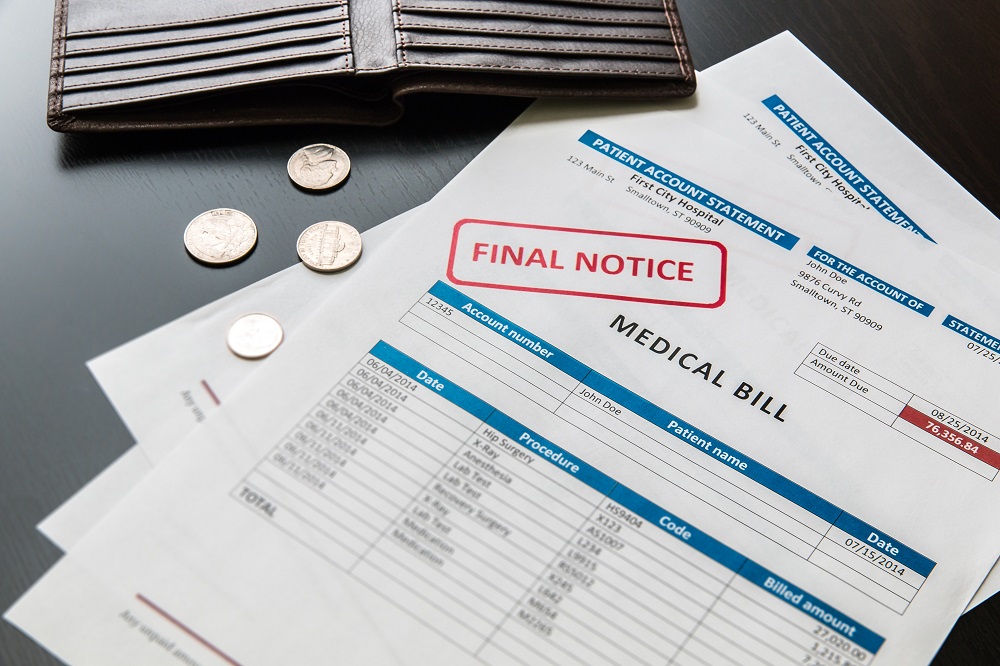The Homestead Exemption in an Arizona Bankruptcy Explained
Chapter 7 bankruptcies are often misunderstood and they become the cause of unnecessary fear. So many people experiencing debt issues refrain from bankruptcy filing because of the liquidation aspect. They worry about losing their home, their car and other valuables. In Arizona, just like in all other states, exemptions to the bankrupt estate exist. These exemptions apply to certain types of property and assets that cannot be liquidated. The homestead exemption in an Arizona bankruptcy is probably the most important one to discuss.
The Arizona Homestead Exemption: An Overview
Homeowners in Arizona who do a bankruptcy filing can get exemption of 150,000 dollars worth of their home or other property. The important difference between Arizona and other states is that Arizona does not allow for the doubling of the homestead exemption amount in the case of a married couple.
Arizona rules specify that the homestead exemption can apply to various types of properties, including:
- A house that the person lives in and the land upon which the building is constructed
- A mobile home
- A mobile home in combination with the land upon which it resides (in case the person doing the bankruptcy filing owns the land)
- A condominium or a cooperative
A necessary condition is for the property to be the one in which the bankruptcy filer resides primarily. This means that you have to live in a house or an apartment under consideration for the exemption to become effective.
If you have cash proceeds from the sale of such residential property, the homestead exemption will extend to the sum acquired as long as it falls within the 150,000-dollar threshold. Coverage will be provided for a period of 18 months or until the money from the sale is used for the acquisition of a new house.
More information about the homestead exemption in an Arizona bankruptcy can be found in Arizona Revised Statutes 1101 through 1153.
Examples of the Homestead Exemption and How It Applies to Property
Now that the theory is out of the way, let’s examine a few realistic scenarios in which the homestead exemption is going to be applied.
Imagine a person who has a house worth 160,000 dollars. That person owes 180,000 dollars on mortgage. The residential property equity in this scenario is 20,000 dollars, which means that the homestead exemption applies and offer s sufficient protection.
A person that has a house that’s worth 160,000 dollars and doesn’t have mortgage to pay will still need the homestead exemption to apply. In this case, however, 10,000 dollars in property equity will remain unprotected. This amount is going to become available to creditors.
Anyone in this situation can deal with it in a few ways. One of the options is to sell the house, keep 150,000 dollars and use the remaining 10,000 dollars to pay off debt. Alternatively, a payment arrangement may be sought, enabling that person to pay back the respective amount without having to turn to a property sale.
Federal Homestead Exemptions in Arizona?
Apart from the state bankruptcy exemptions, there are similar protections existing on a federal level.
 The federal bankruptcy homestead exemption is adjusted every three years on the basis of the Consumer Price Index. The homestead exemption under federal law is 23,675 dollars of real property. The amount can be doubled for married couples.
The federal bankruptcy homestead exemption is adjusted every three years on the basis of the Consumer Price Index. The homestead exemption under federal law is 23,675 dollars of real property. The amount can be doubled for married couples.
As you can see, the Arizona homestead exemption is quite generous in comparison to the federal protected sum.
In some states, people can choose between the local and the federal homestead exemption. In Arizona, such possibility isn’t permitted legally. If you are an Arizona resident, you will have to use the state exemption in your bankruptcy filing. Consult with experienced bankruptcy attorneys in Arizona before filing bankruptcy.





